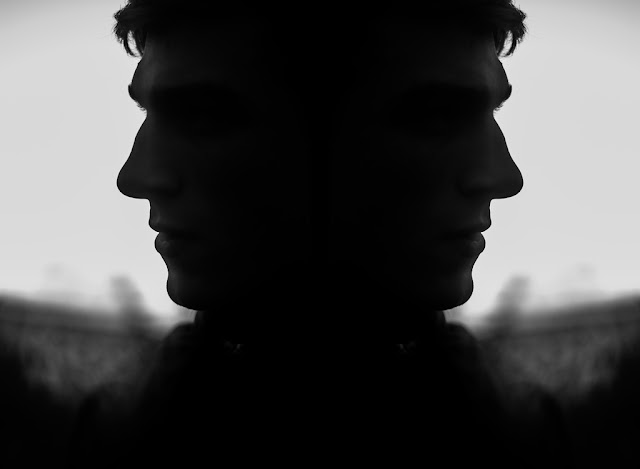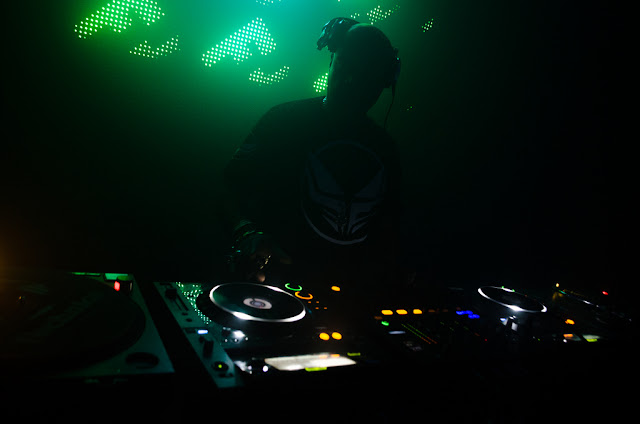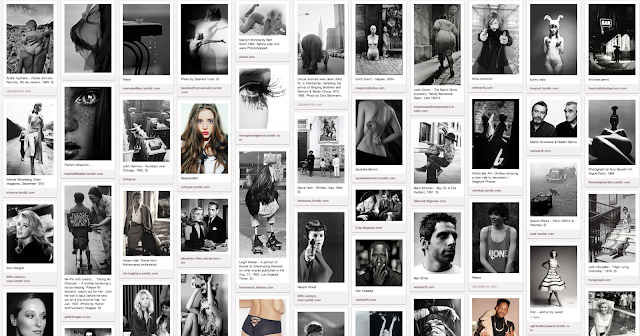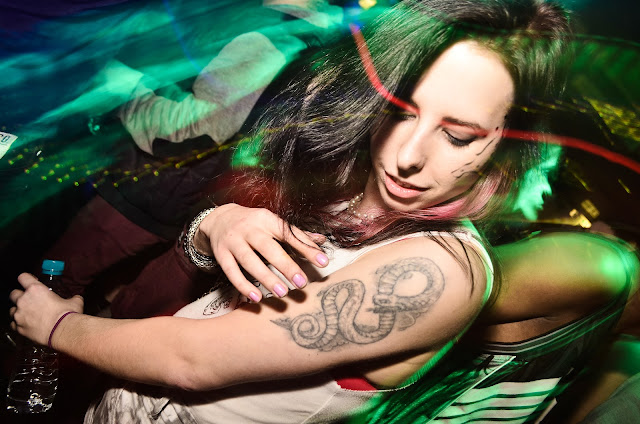Starting Points
I have three ideas that I have thought up and can say easily that I am happy with. The theme of the project is convert and obscured, so I have thought up these ideas. Each one is different to the next, and as they did not match one another I felt that I should not simply have one large linking story, but have three different ones. They are under three separate titles.
How Are You Feeling Today (Gif + Pictures) - I had the idea of 'what if you wake up every day and you could choose how you were feeling'. From this idea I felt I could expand and maybe delve into 'what if life was like a computer game, like sims, where you could select the mood you're in and choose the expression you have just by selecting accordingly. I felt that this was an interesting concept that you could perhaps start off with a blank face, a blank canvas, and select who you wanted to be for that day, and you could take it off at the end of the day and be someone completely different the next. This idea could further be linked to the nature of human beings that we can change our personalities at the snap of our fingers when in different situations. Our idiosyncrasies and are dependant on the situation we are in. This is funny because that idea juxtaposes the actual definition of idiosyncrasy: the person we are and the things we do dependent on our personality. People often say 'you change when you're around ******' which is true, people converge when around different people. So maybe this set of gifs and pictures could be seen as the change people undertake when being around certain people. I wanted to portray this idea by having five faces on a black background. The main figure in the centre of the frame would be a blank face: just a head with ears and hair. I wanted there to be four separate emotion faces around this: sad, happy, angry, surprised. This would tie in more with the first concept I described of choosing who you are today. If I were to work more on the convergence theory as you change social standing/personality dependent on situation, then I would try to portray personality traits rather than emotion in my photos. This set will be self portraits.
Haunted (Cinema-graphs) - This is going to be like a story board of a little girl being haunted by a ghost. The cinema-graphs will start off with them being really subtle, slowly turning more and more dark and twisted as they progress. I intend on having these cinema-graphs to be reminiscent on the film series 'Paranormal Activity', where slight hints of ghost activity is shown at the beginning and it turns more obvious that there is a haunting in the house as the story continues. I intend on shooting my little sister as the main subject of this series. I want to have her appearing to be followed by a ghost, with the hints of the ghost's presence becoming more and more apparent as each cinema-graph goes. For instance, I want the first one to be a door closing quickly, the middle one to be a knife standing up on end in the kitchen whilst she is making something on the other side of the room, and the last one to be the ghost's face appearing. This will be the most lengthy out of all of my ideas to produce.
Untitled (Photos) - I couldn't think of any title to go with this. The idea of what really is in the food that you buy, are you getting what you are buying? With the current Tesco horse meat fiasco still on everybody's minds I have thought to shoot packaging (tins, boxes, bottles) with products inside that are the antithesis of what it said on the label. For instance, I have had the idea to put a toy horse head in a Tesco lasagne dish, mayonnaise/ketchup coming out of a Febreze bottle or perhaps a baked beans can with a straw and cocktail umbrella coming out. These are pretty wacky ideas, and are supposed to be a surreal look at the things we purchase. For a further understanding on what I would like to achieve and what I mean, take a look at this website showing some interesting examples of cinema-graphs. http://cinemagraphs.com/











+Rankin.jpeg)




